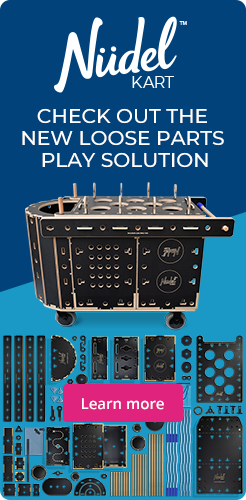4 Comments
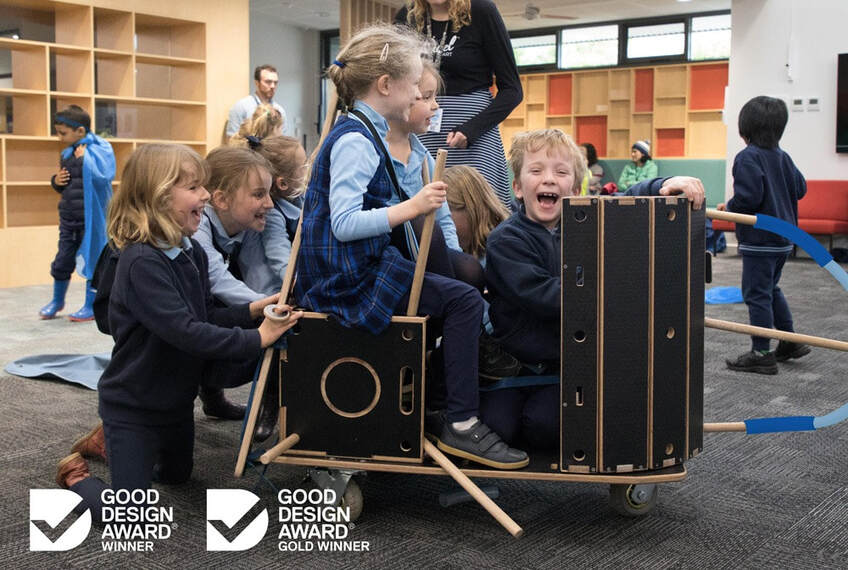 By Jeni Wilson and the Nüdel Kart team STEM is definitely the new buzz word. But what exactly is it??? What does it really mean? STEM stands for Science, technology, engineering and mathematics. STEM is not coding and robotics. Rather "it covers a wide range of disciplines and skills, which are increasingly in demand in our rapidly changing world. STEM skills and knowledge are important for all stages of our learning, jobs and everyday lives." (Victoria State Government, Department of Education) Why is STEM important? STEM empowers individuals with the skills to succeed and adapt to this increasingly complex, changing, technological world. STEM is intended to lead to innovation necessary to sustain our economy. This innovation and science literacy depends on a solid knowledge base in the STEM areas. STEM is important because it pervades every part of our lives. Science is everywhere in the world around us and is used to impact people and every living thing on earth. What are STEM skills? STEM skills relate subject specific skills in science, mathematics, and engineering to generic skills and dispositions. This is by no means an exhaustive list, but skills can include'
Why now? There are multiple reasons why STEM skills are considered more important than ever.
What are some easy to implement resources for STEM? There are limitless opportunities to practise STEM skills and learn about STEM concepts when engaging in free or structured play. STEM activities and lessons should be child led and help children learn how to use these skills in the real world. In fact longitudinal studies conduced over the last 55 years show that early childhood play-based programs have the largest impacts on the education and long-term life outcomes of children (living in poverty) including a 42% rise in yearly earning, increase in high schools graduations and an increase in bachelor degrees. At Playground Ideas, we created the Nüdel Kart, a mobile, deconstructable playground based on the theory of loose parts. Loose Parts create an environment of endless possibilities that unlock a child's creative potential, build brain complexity, and creates very high levels of mental health and well being. The Nüdel Kart can be used in or out of the classroom to help support STEM learning. How does it do this? Nüdel Kart is a mobile play kart that can be reconfigured in endless ways to encourage self-directed learning. It contains research-backed specially selected materials to stimulate children’s development. Nüdel Kart supports educational approaches, such as student directed learning, that aims to develop 21st century and first principle skills increasingly in demand in our rapidly changing world. Designed for children 3-12 years, of all abilities, the Nüdel Kart and allows all children to adapt the kart to their needs. It engages up to 30 children at a time. Nüdel Kart is a loose parts educational resource that promotes problem solving and creativity. It comes with a supervisor manual that helps teach all the principles of STEM, and it can also be used to aid in STEM curriculum and support many other aspects of the curriculum. Looking for examples of how to link STEM into the Australian Curriculum for different age groups? Check out the examples below: Vehicles and moving things: Discuss push and pull. Use wood dowels and straps to try pushing and pulling a variety of objects. Alternatively Inquiry into force. Test how to make things move faster and slower. Explore friction building a pulley from Nüdel Kart pieces. Go to market: Count and order coins and notes. Use Nüdel Kart pieces as currency and count, add and tally amounts. Alternatively, using real shopper dockets and brochures, use Nüdel Kart pieces to represent products and organise them according to price. Other ideas include:
All of these and more are explained in the Nüdel Kart Supervisor Manual. One of many teaching resources we provide, check out our other resources here. References Engineering for kids, (2016). https://www.engineeringforkids.com/about/news/2016/february/why-is-stem-education-so-important-/ Sewell, C. Wilson, J. Laing, B. and Veerman, M. (2020) Nudel Kart Teacher Manual. Seven awesome facts about STEM education https://visual.ly/community/infographic/education/7-interesting-facts-about-stem-educationGet into energy. Get into STEM. https://stem.getintoenergy.com/stem-skills-list/ What is STEM? Western Australia Department of Education https://www.education.wa.edu.au/what-is-stem |
AuthorSOUR TEAM AT PLAYGROUNDIDEAS.ORG, A leading NGO on Play.... Categories
All
|
©2021 Nüdel Kart™ by Playground Ideas - An International NGO in AU. Reg. Des. 201911229 & 202112822

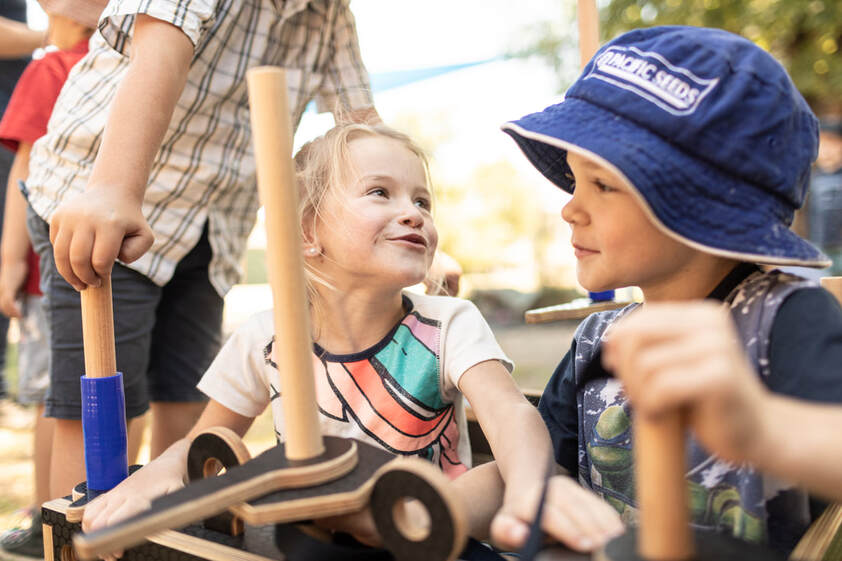
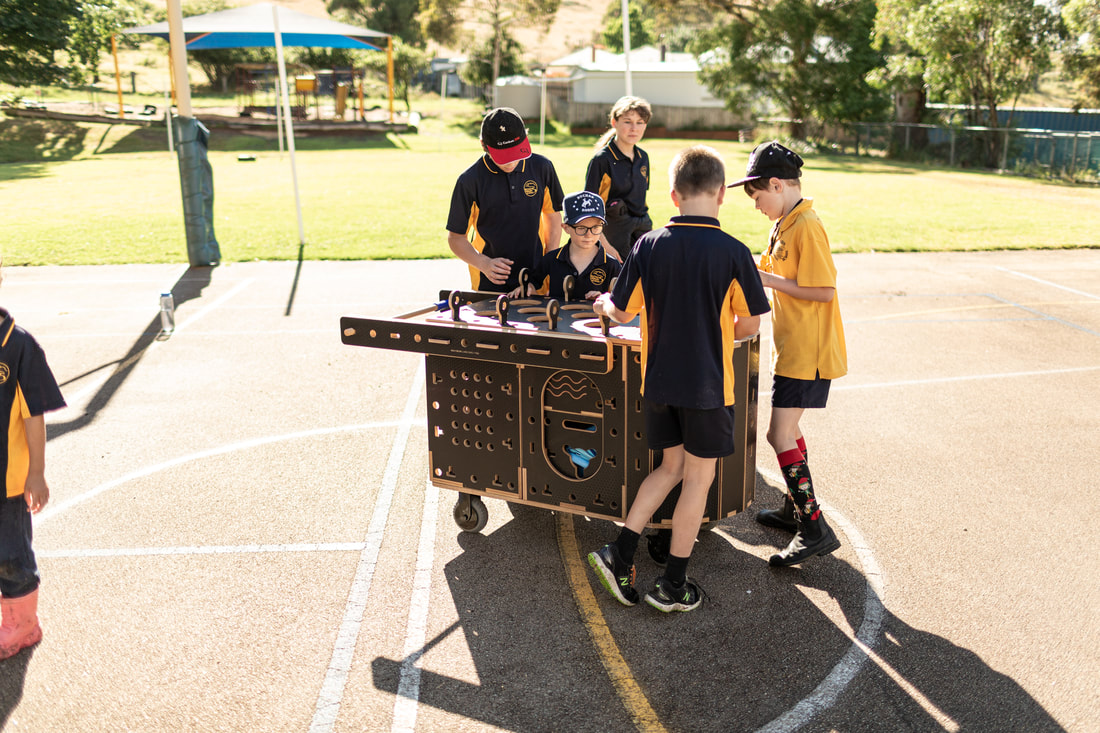
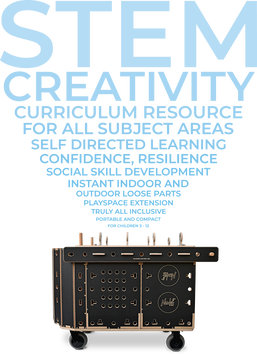
 RSS Feed
RSS Feed
